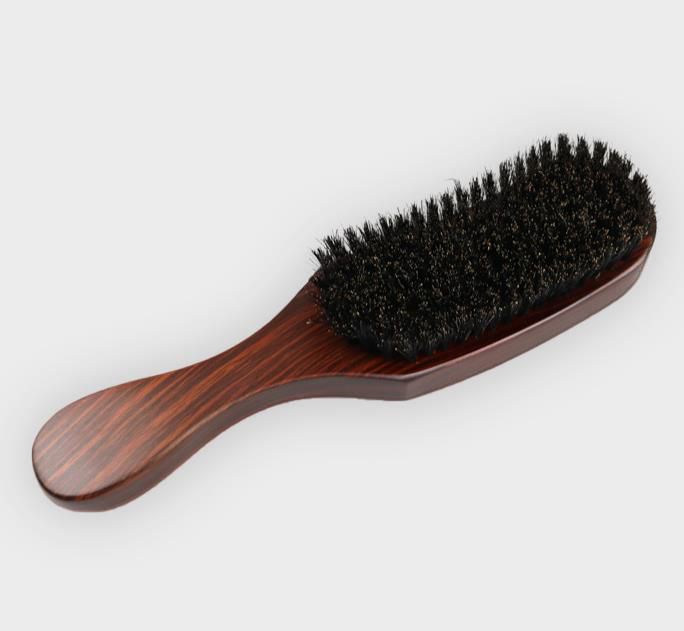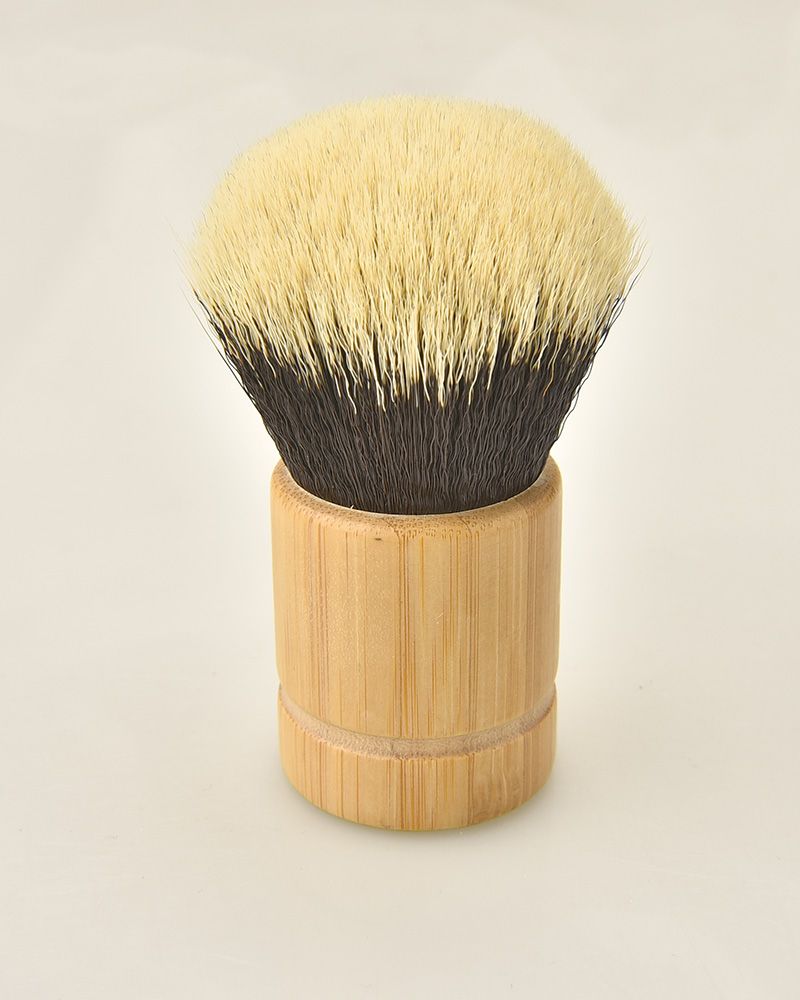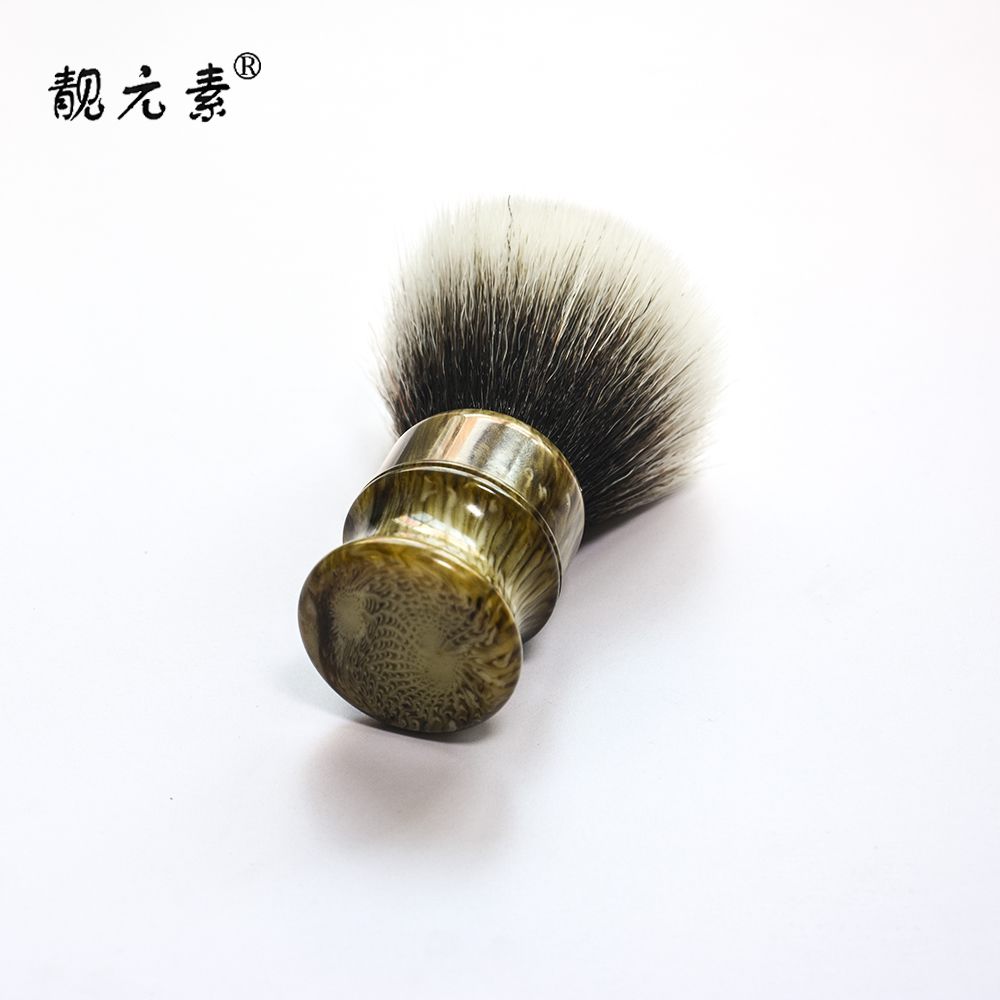Industry news
Emerging Trends in Shaving Brush Filament Technology
- 695 Views
- 2025-07-10 02:32:03
Emerging Trends in Shaving Brush Filament Technology: 2024 Innovations Reshaping the Industry
Shaving brushes, a cornerstone of traditional wet shaving, have undergone remarkable evolution in recent years, driven largely by advancements in filament technology. As consumer demands for performance, sustainability, and ethical sourcing intensify, manufacturers are reimagining brush filaments—moving beyond conventional materials to unlock new possibilities. This explores the key emerging trends shaping shaving brush filament technology in 2024, from material innovation to precision engineering and eco-conscious design.

The Shift from Animal Hair to High-Performance Synthetics
For decades, natural animal hairs like badger or boar dominated the premium shaving brush market, prized for their softness and water-retention. However, ethical concerns over animal welfare and supply chain instability have accelerated the transition to synthetic filaments. Modern synthetics, such as advanced nylon blends and PBT (polybutylene terephthalate), now rival or surpass natural hairs in performance. Engineered with micro-grooved surfaces, these filaments trap water more efficiently, creating richer lathers with less shaving cream. A 2023 industry study found that top-tier synthetic filaments absorb 25% more water than traditional badger hair while maintaining superior shape retention over 500+ uses—addressing a longstanding complaint about natural hair’s tendency to fray.
Biodegradable and Bio-Based Filaments: The Eco-Revolution

Sustainability is no longer a niche concern but a market imperative. In response, manufacturers are developing filaments from renewable, biodegradable sources. Polylactic acid (PLA), derived from corn starch, and polyhydroxyalkanoates (PHA), produced by microbial fermentation, are leading the charge. These bio-based materials decompose in industrial composting facilities within 1–2 years, compared to 400+ years for conventional plastics. Early adopters report that PLA filaments, when blended with small amounts of natural waxes, achieve 80% of the softness of premium synthetics, with ongoing R&D focused on enhancing flexibility. Brands like EcoShave have already launched bio-based brush lines, targeting eco-conscious consumers willing to pay a 15–20% premium for sustainable options—a segment growing at 30% annually.
Precision Engineering: Nano-Coatings and Microstructure Design

Advancements in material science are enabling unprecedented control over filament microstructure. Nano-coating technologies, such as titanium dioxide or silver ion layers, are being applied to synthetic filaments to boost functionality. Silver ions, for example, inhibit bacterial growth, reducing odors and extending brush lifespan by up to 40%. Meanwhile, 3D printing is revolutionizing filament design: manufacturers can now create filaments with hollow cores or variable diameter profiles (thicker at the base for rigidity, finer at the tips for softness). A leading producer recently unveiled a “tapered hollow” filament that reduces weight by 18% while improving lather distribution, a breakthrough that has garnered interest from luxury shaving brands.
Circular Economy Practices in Filament Production
Sustainability is not limited to end-of-life biodegradability; it now extends to production processes. Closed-loop recycling systems are gaining traction, where post-industrial filament waste is shredded, melted, and re-spun into new filaments. One major manufacturer reports recycling 92% of its production scrap, cutting raw material costs by 12% and reducing carbon emissions by 28%. Additionally, modular brush designs—where filaments can be replaced without discarding the handle—are emerging. This “repairable” model aligns with the circular economy, appealing to consumers seeking to minimize waste. Early data shows that modular brushes have a 35% higher repurchase rate, as users invest in replacement filaments rather than new brushes.
Future Outlook: Smart Filaments and Customization
Looking ahead, the next frontier may involve “smart” filaments integrated with sensory technologies. Imagine filaments embedded with temperature-sensitive polymers that soften in warm water or color-changing indicators signaling when a brush needs cleaning. While still in prototype stages, these innovations highlight the industry’s shift toward hyper-personalization. Consumer surveys indicate 62% of wet shaving enthusiasts would pay more for brushes tailored to their skin type (e.g., extra-soft filaments for sensitive skin), driving R&D into customizable filament blends.
In conclusion, shaving brush filament technology is undergoing a transformative phase, driven by ethics, sustainability, and precision engineering. As synthetic and bio-based materials continue to close the performance gap with natural hairs, and production becomes more eco-efficient, the future of shaving brushes looks both innovative and responsible. For manufacturers and consumers alike, these trends represent not just better products, but a commitment to a more sustainable and user-centric industry.











